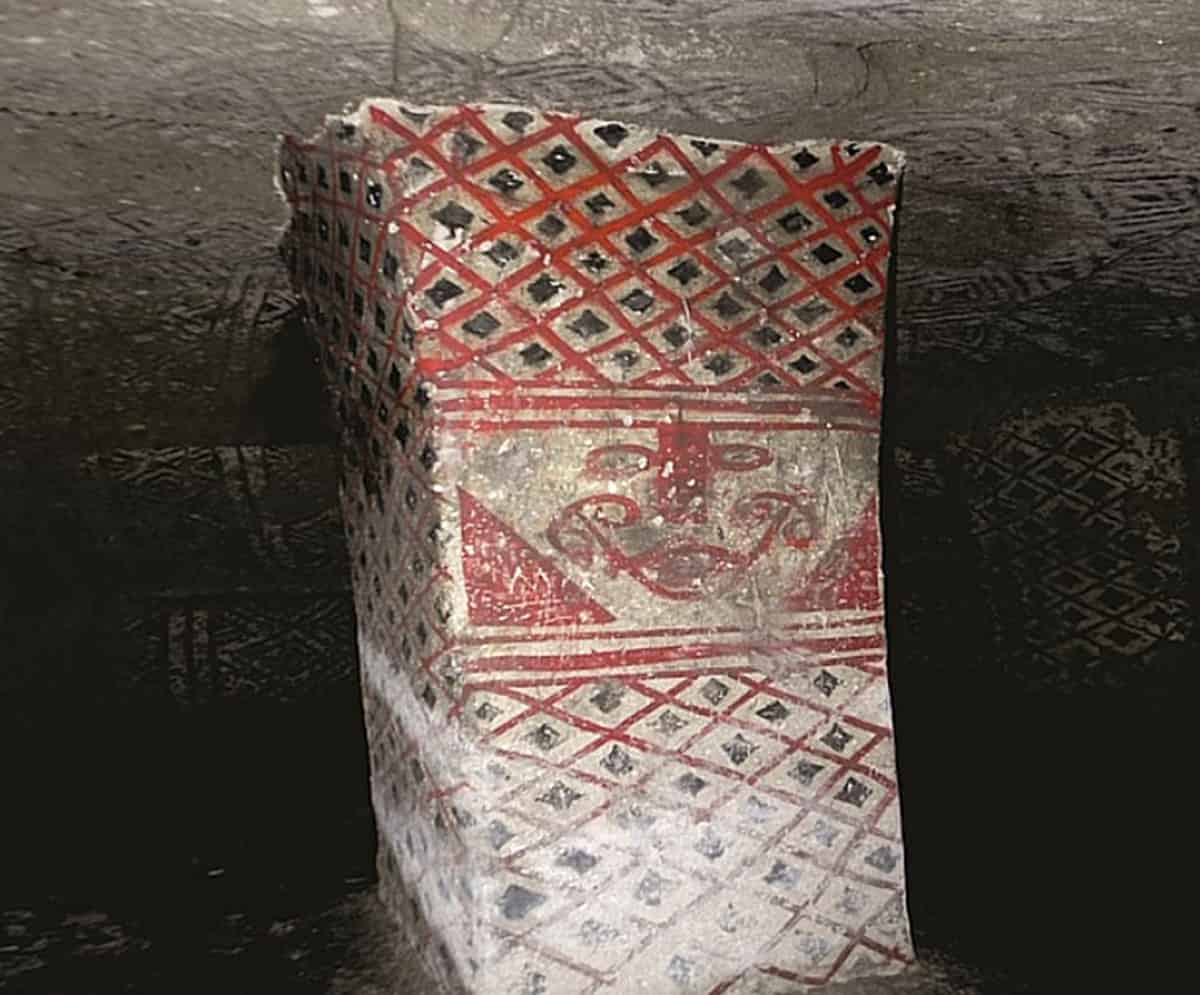Cave paintings of the Tierradentro tombs in Colombia
Cave paintings of Tierradentro tombs in Colombia could be dated between 1070 and 1150 A.D., similar to another burial in the region. The site studied is included in the World Heritage List; there are others to be reviewed in the Colombian Amazon.





